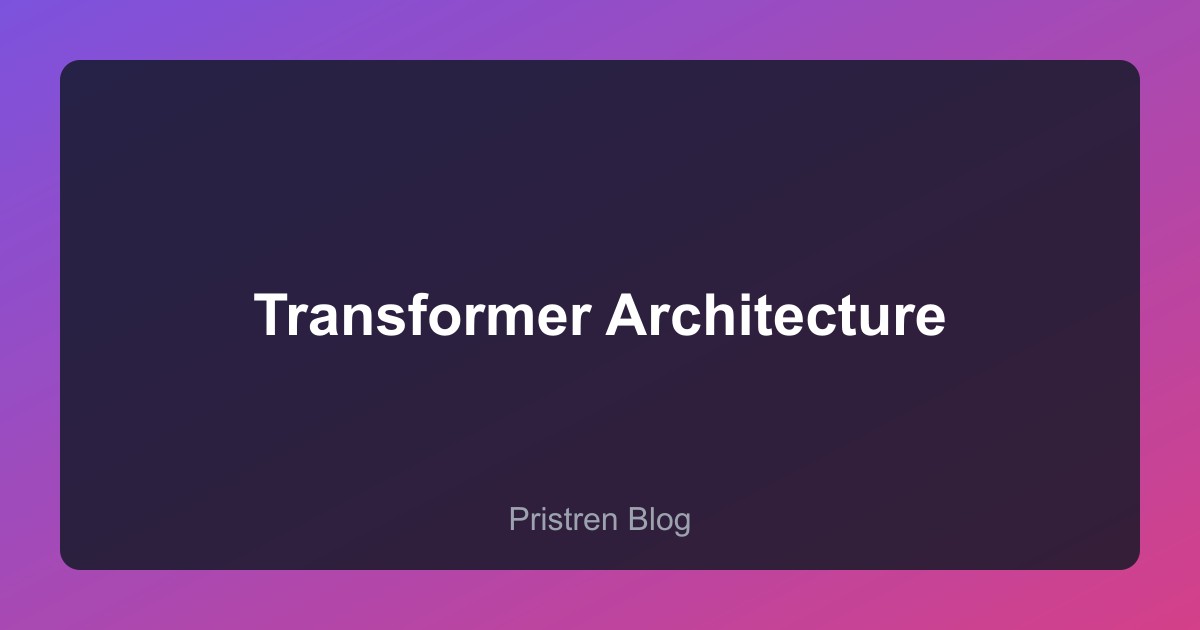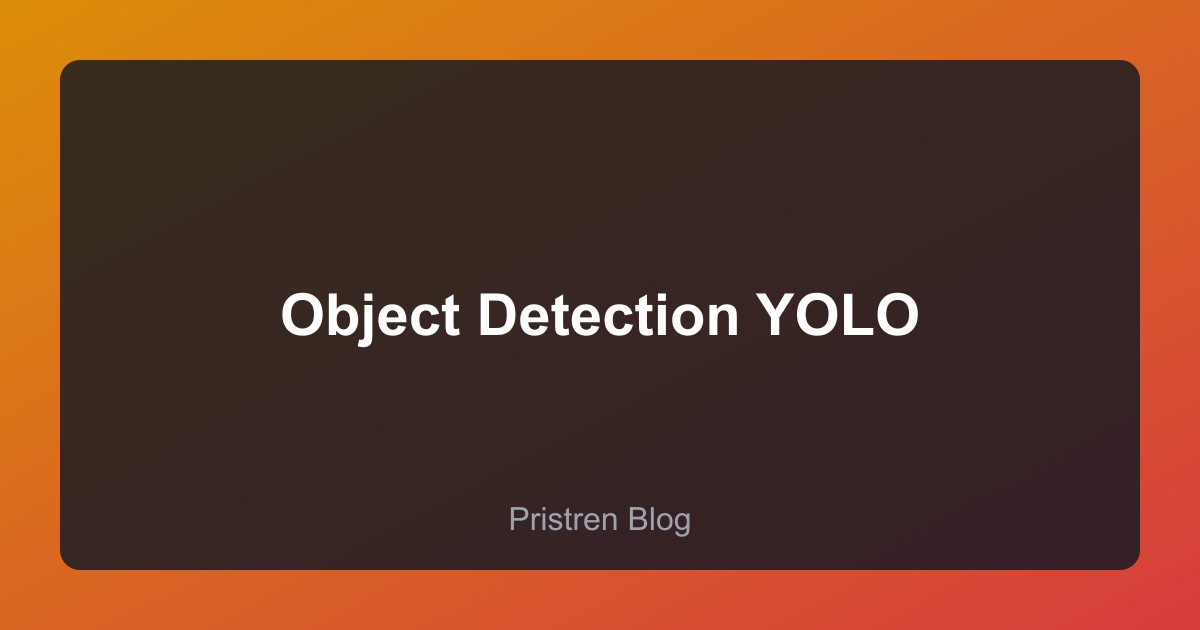The transformer architecture, introduced in the groundbreaking paper "Attention is All You Need" by Vaswani et al. in 2017, has fundamentally changed the landscape of machine learning and artificial intelligence.
Transformer Architecture Overview
What Makes Transformers Special?
Unlike traditional recurrent neural networks (RNNs) and long short-term memory (LSTM) networks, transformers process entire sequences simultaneously using a mechanism called "self-attention." This parallel processing capability makes them significantly faster and more efficient for training on large datasets.
Key Components
1. Self-Attention Mechanism The self-attention mechanism allows the model to weigh the importance of different words in a sentence when encoding a particular word. This enables the model to capture long-range dependencies and contextual relationships effectively.
2. Multi-Head Attention Instead of performing a single attention function, transformers use multiple attention heads that learn different aspects of the relationships between words. This multi-head approach provides richer representations.
Multi-Head Attention Mechanism Visualization
3. Positional Encoding Since transformers don't process sequences sequentially, positional encodings are added to give the model information about word positions in the sequence.
4. Feed-Forward Networks Each attention layer is followed by a position-wise feed-forward network that processes the attended representations.
Applications Beyond NLP
While transformers were initially designed for natural language processing tasks, they've proven remarkably versatile:
- Computer Vision: Vision Transformers (ViT) have achieved state-of-the-art results on image classification
- Speech Recognition: Transformers excel at audio processing and transcription
- Protein Folding: AlphaFold uses transformer-based architecture for predicting protein structures
- Multimodal Learning: Models like CLIP combine vision and language understanding
Implementation Insights
When implementing transformers, consider these key factors:
- Computational Resources: Transformers are memory-intensive; use gradient checkpointing for large models
- Hyperparameter Tuning: Learning rate, warmup steps, and layer normalization are critical
- Pre-training Strategy: Masked language modeling or causal language modeling depending on your use case
- Fine-tuning Approaches: LoRA and other parameter-efficient methods can reduce training costs
The Future of Transformers
Recent innovations continue to push the boundaries:
- Efficient Transformers: Techniques like Flash Attention reduce memory complexity
- Sparse Transformers: Selective attention patterns improve scalability
- Retrieval-Augmented Transformers: Combining transformers with external knowledge bases
- Multimodal Transformers: Unified architectures for text, images, audio, and video
Conclusion
Transformers have become the backbone of modern AI systems, from ChatGPT to DALL-E. Understanding their architecture is essential for anyone working in machine learning today. As research continues, we can expect even more innovative applications and improvements to this foundational technology.
Whether you're building chatbots, image classifiers, or recommendation systems, transformers offer powerful capabilities that can elevate your projects to the next level.


